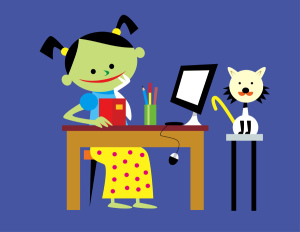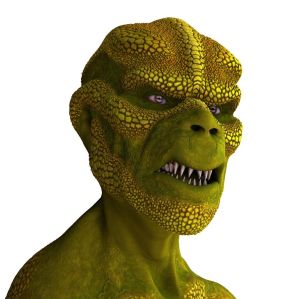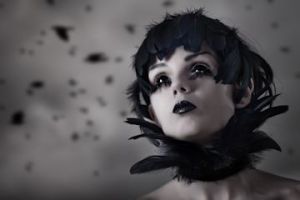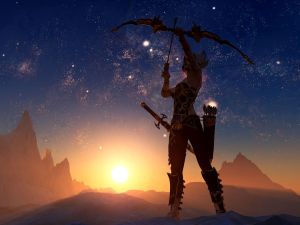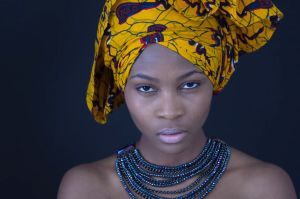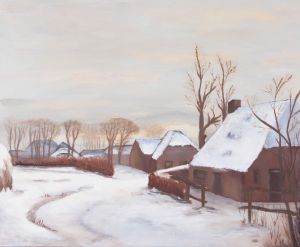
The need to build a world is not always limited to Fantasy or Sci-Fi genres; it could be the world we know and live in today. This blog post is about how to build a fantasy world, since fantasy fiction is mostly what I do, but if your book is about a modern day planet Earth, then some of these points could apply as well.
You have thought of your characters, mapped out your plot (if you are a plot mapper), and you are ready to write. Probably by this stage your fantasy world has a name, and you have a general idea what this world is like, but no specific details about it yet. Stop! Right here. Get out your pencil and some paper, and do a quick sketch (doesn’t have to be fancy) of your world–a map. Is it a planet unlike Earth, or is it a continent somewhere unspecified? As you draw this map, you are placing location names inside the map, roads, rivers, lakes, mountains and general topography. Geography students will love this part. I always had a fascination for maps as a child, and used to pore over them, imagining myself there, in countries and lands I had never been to. This is what you need to do now, only it is your map, and your country, planet or land. You have the say. You also have Google Earth!
What is the climate like? Is it hot and tropical, or cold and Arctic? Is it somewhere in-between, or does it have a little bit of each? In my map of Ialana the continent varies from frigid and Siberian-like in the north, to a relatively milder northern European or American type climate with deciduous forests in the center. From here, Ialana stretches many leagues southwards to the tropical climes. On the eastern shores, it is more Mediterranean-like, much like Spain or southern France. There are two enormous mountain ranges, one that makes up the spine of the continent and effectively divides the land into different political and cultural factions, and another one on the western shores that may resemble the west coast of the American continent. There is also a desert between the mountain range in the center and the western coast.
Do you know how the topography of the land affects your story? What is the culture of your people, the inhabitants or races of your planet or continent? What are the different political systems and how do they interact with each other due to the geography of their locations? All of these, from the history of your world or land to it’s current state, are very important things to consider before you actually write your story. I feel the more detail you have, the more authentic and real your world will become to the reader. Draw pictures, look for photos in magazines or online that will help you get a picture of your world, or study other (existing) countries for inspiration.
The photo depicted above is my idea of what the village of Meadowfield looks like, in winter. It is only an aid to help me remember what type of village some of my characters came from. I found it online (bigstock.com). Readers may actually have a different picture in their minds, and that is okay. We don’t want to control what readers imagine, only assist ourselves as writers to keep it all consistent.
J.R.R. Tolkien was a master at world building. He created a world that had a history, it’s own language (Elvish) that he invented. He became as familiar with his world, Middle Earth, as you or I are familiar with our own bedrooms, or our faces–perhaps even more so. He created Middle Earth in it’s totality before he even began to write The Hobbit and The Lord of the Rings trilogy. These books were products of his already invented world. Tolkien was the inspiration for many fantasy writers. We have his legacy to thank, and most of us fantasy writers now include maps in our books so that our readers can also become familiar with our fictional worlds.
If you are writing about an existing country on this planet, it is not necessary to put maps into your book, but it would help to be keep a map somewhere of the area you are writing about so that you can refer back to it. Maps are not only useful for the reader but for the writer as well.
What is your fictional world? Do you have a map to share, or a history? How does the topography, climate and resources of your world affect it’s culture, religions or politics?
